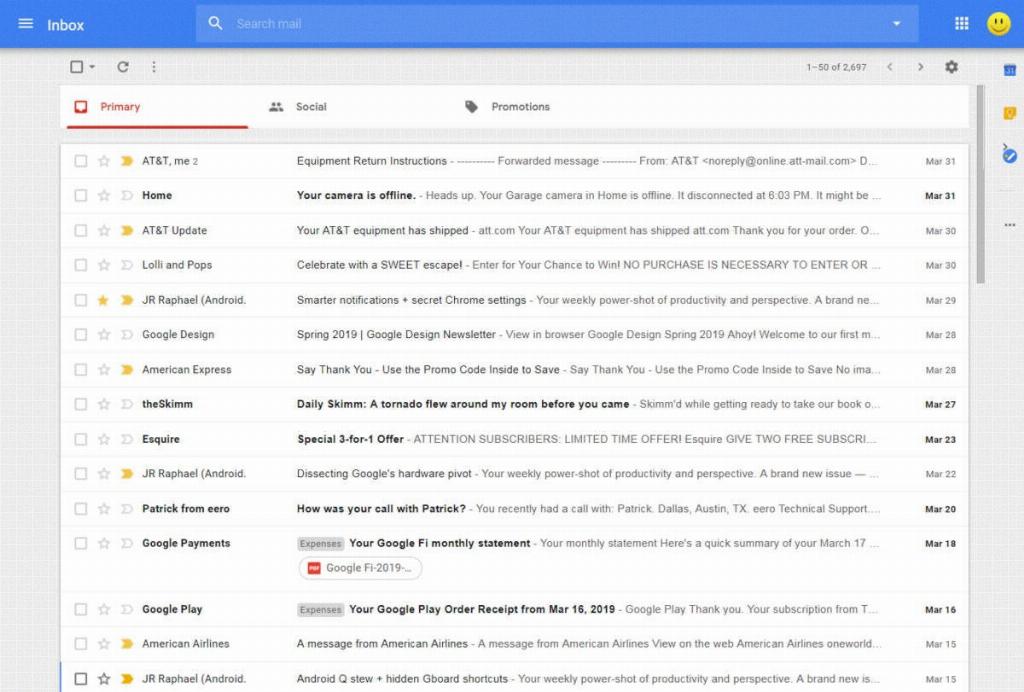When you find that your emails seem to always end up in the spam folder of your recipients’ Gmail accounts, it can be frustrating and can greatly impact your communication efforts. Several factors can contribute to this issue, making it vital to identify and address the root causes to ensure your emails reach the intended inbox.
1. Usage of spam trigger words and phrases
One common reason for emails being flagged as spam is the use of trigger words or phrases that are commonly associated with unsolicited or promotional content. Terms like “free,” “buy now,” “limited time,” and excessive use of exclamation marks can trigger spam filters, causing your emails to be diverted to the spam folder.
2. Promotional subject lines that raise red flags
Your email subject line plays a critical role in determining whether your email gets marked as spam. Subject lines that are overly promotional, misleading, or irrelevant to the email content can signal to spam filters that the message may be unwanted, leading to it being classified as spam.
3. Excessive use of HTML content in the email body
While visually appealing emails can be engaging, an excessive amount of HTML content in your emails can trigger spam filters. Including too many images, links, or multimedia elements without sufficient text-based content can result in your emails being flagged as spam.
4. Sending emails to inactive or non-engaged recipients
Another factor that can contribute to your emails going to spam is sending messages to recipients who have not engaged with your emails in the past or have marked your emails as spam. Low engagement rates and high complaint rates can signal to email providers that your messages are unwanted.
5. Lack of authentication and proper email configuration
Proper email authentication, including SPF, DKIM, and DMARC protocols, is essential to establish your email sender reputation and build trust with email providers like Gmail. Failure to configure these authentication methods correctly can result in your emails being flagged as suspicious and sent to the spam folder.
6. Poor email formatting and coding
Issues with email formatting, such as broken links, missing alt text for images, or sloppy coding, can trigger spam filters and impact the deliverability of your emails. Ensuring that your emails are well-formatted and error-free can help prevent them from being marked as spam.
7. High volume or frequency of emails sent
Sending a large volume of emails in a short period or bombarding recipients with frequent messages can raise red flags with spam filters. Maintaining a consistent sending schedule and avoiding sudden spikes in email volume can help improve your email deliverability and prevent your emails from going to spam.
8. Issues with your email service provider or sending domain
If your email service provider or sending domain has a poor reputation due to previous spamming incidents or lack of proper email hygiene practices, it can negatively impact the deliverability of your emails. Choosing a reputable email service provider and maintaining a clean sending domain can improve your chances of inbox placement.
9. Engagement and relevance of email content
Emails that are engaging, relevant, and personalized are more likely to avoid the spam folder and capture the attention of recipients. Focusing on creating valuable content that resonates with your audience can help improve your email deliverability and prevent your messages from being marked as spam.
10. The reputation of your IP address or email sending domain
Your IP address or sending domain reputation can significantly impact the deliverability of your emails. If your IP address has been associated with spamming activities or has a poor sender score, it can lead to your emails being classified as spam. Monitoring and improving your sender reputation is essential for maintaining good email deliverability.
11. Compliance with email marketing laws and regulations
Failure to comply with email marketing laws, such as the CAN-SPAM Act, GDPR, and other regulations, can not only result in legal consequences but also cause your emails to be marked as spam. Ensuring that your email marketing practices are in line with applicable laws and regulations is crucial for maintaining a positive sender reputation.

12. Regular monitoring, testing, and optimization
To avoid your emails ending up in the spam folder on Gmail, it’s essential to regularly monitor your email performance, conduct A/B testing, and optimize your email campaigns for better deliverability. By continuously improving your email practices and staying informed about best practices, you can enhance your chances of reaching the inbox and engaging with your audience effectively.
